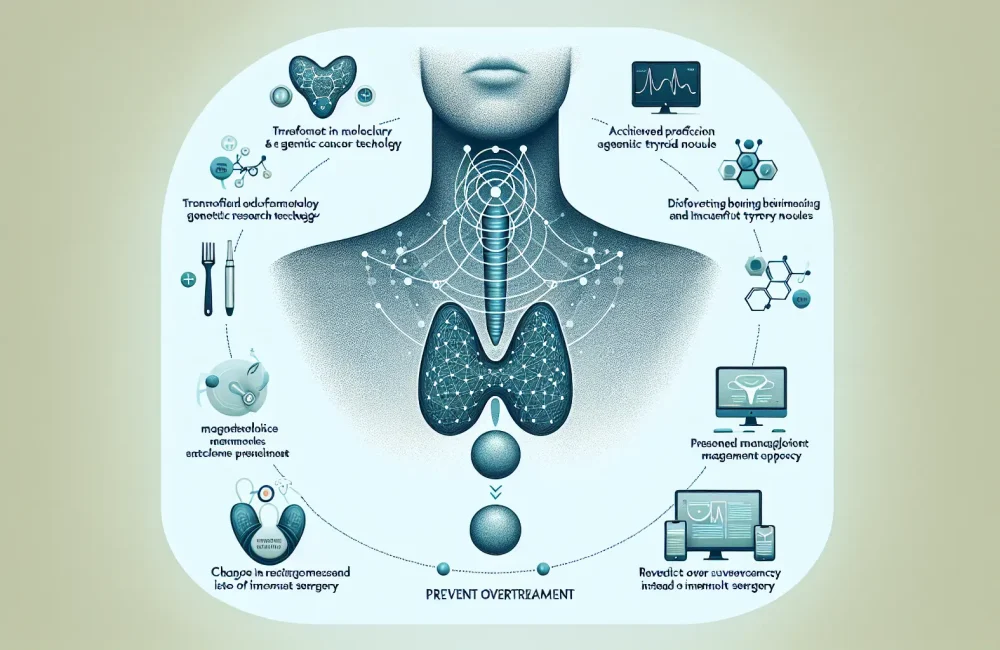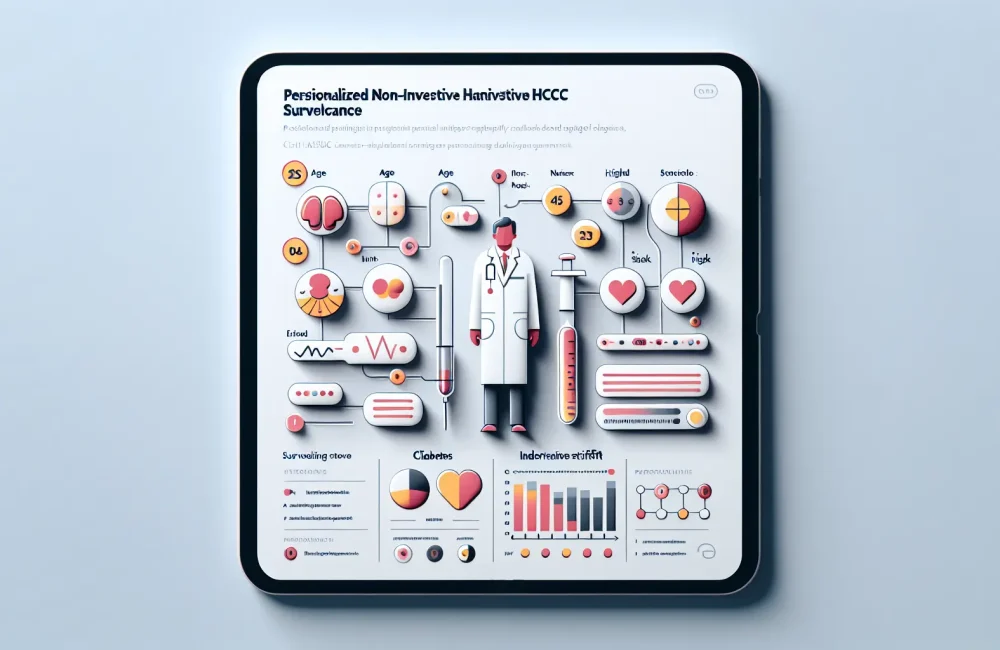By CAFMI AI From New England Journal of Medicine
Radiation Exposure from Pediatric Medical Imaging
Medical imaging is an essential diagnostic tool widely used in pediatric and adolescent healthcare, helping clinicians identify and manage numerous conditions effectively. However, many commonly employed imaging modalities—such as X-rays, computed tomography (CT) scans, and fluoroscopy—involve exposure to ionizing radiation. This radiation has the potential to damage DNA and cellular structures, raising concerns about long-term cancer risks, especially hematologic malignancies like leukemia and lymphoma. These cancers affect the blood and bone marrow, areas that are particularly sensitive in growing children and adolescents. Understanding the relationship between medical imaging radiation doses and the risk of developing these cancers is vital to inform clinical practices and ensure patient safety.
The article scrutinizes epidemiological data that track hematologic cancer incidence among young patients exposed to diagnostic radiation. It highlights that typical, low doses encountered during routine imaging procedures are generally considered to carry minimal risk. Yet, certain scenarios—such as repeated imaging or procedures that deliver higher doses—may confer a small but statistically significant increase in cancer risk. The most radiosensitive tissues in pediatric populations amplify this vulnerability, suggesting that even relatively low-level exposures should be carefully justified. This nuanced understanding supports the clinical judgment that while the diagnostic benefits of imaging often outweigh risks, each imaging decision must be carefully weighed, especially in younger age groups where lifetime exposure implications are more pronounced.
Clinical Implications and Radiation Risk Management
The study emphasizes that minimizing radiation exposure in pediatric imaging is critical, given the potential for increased hematologic cancer risk. Clinicians are encouraged to implement several strategies to mitigate these risks without compromising diagnostic efficacy. Dose optimization techniques, such as adjusting imaging protocols to deliver the lowest reasonable radiation dose, play a central role. Portable and shielded devices, as well as technological advances in imaging that reduce dose, are becoming increasingly important in clinical workflows.
Additionally, the use of alternative diagnostic modalities that do not involve ionizing radiation—like ultrasound and magnetic resonance imaging (MRI)—should be considered whenever feasible. These alternatives can often provide sufficient diagnostic information, especially in settings where multiple or repeated imaging studies are anticipated. Clinicians must also rigorously justify every imaging request in pediatric and adolescent patients, balancing the immediate clinical need against the potential long-term risks. Patient and family counseling forms another key element of care, helping them understand the reasons for imaging, associated risks, and strategies to reduce exposure.
Given the complexity of these decisions, multidisciplinary collaboration and involvement of radiologists, oncologists, and primary care physicians are crucial to tailor imaging strategies appropriately. Consistent documentation and follow-up protocols can help track cumulative radiation doses, guide future imaging decisions, and ensure ongoing surveillance for possible late effects of radiation exposure.
Future Directions and Guidelines for Safe Pediatric Imaging
The article concludes by underscoring the need for continued research and surveillance to refine our understanding of the long-term risk of hematologic cancers following pediatric medical imaging. Large-scale, prospective studies and registries are necessary to capture more detailed dose-response relationships and identify vulnerable subpopulations with higher radiosensitivity or genetic predisposition to radiation-induced malignancies.
In addition to research efforts, the development and dissemination of clear, evidence-based guidelines tailored to pediatric and adolescent populations are critical. These guidelines would support healthcare professionals in making informed, judicious choices about imaging modalities and exposure levels, thus safeguarding patient health. Current best practices suggest prioritizing as low as reasonably achievable (ALARA) principles, emphasizing alternative imaging methods when appropriate, and enforcing strict criteria for repeat studies.
From a primary care perspective, awareness and education about hematologic cancer risks related to ionizing radiation can improve patient counseling and shared decision-making processes. Red flags warranting urgent hematologic evaluation—such as unexplained persistent fever, hematologic abnormalities, or lymphadenopathy—should be recognized early to avoid unnecessary imaging while ensuring timely diagnosis. Ultimately, integrating these practices into pediatric healthcare workflows can help optimize diagnostic approaches while minimizing cancer risks, advancing both immediate care quality and long-term patient outcomes.
Read The Original Publication Here






